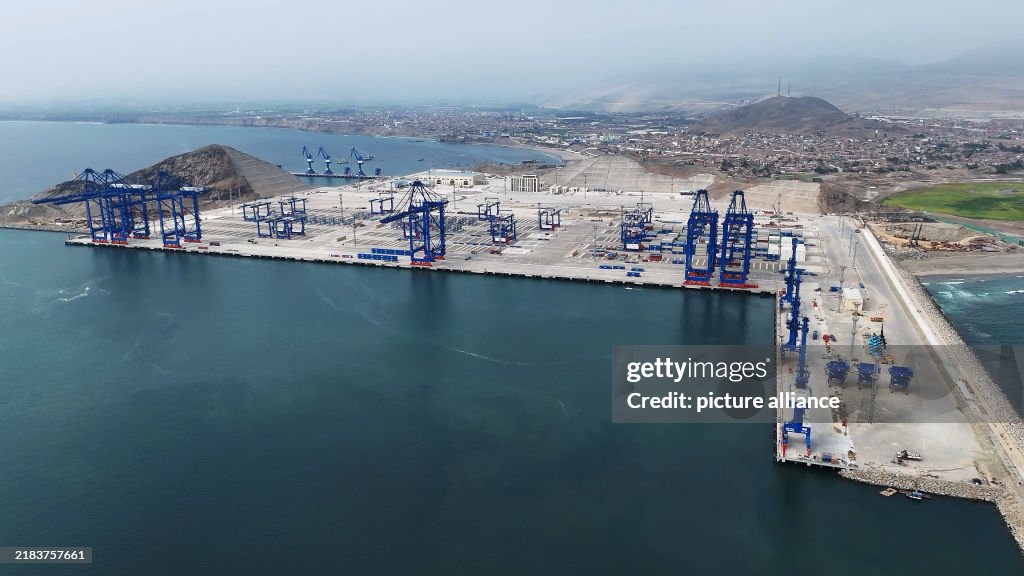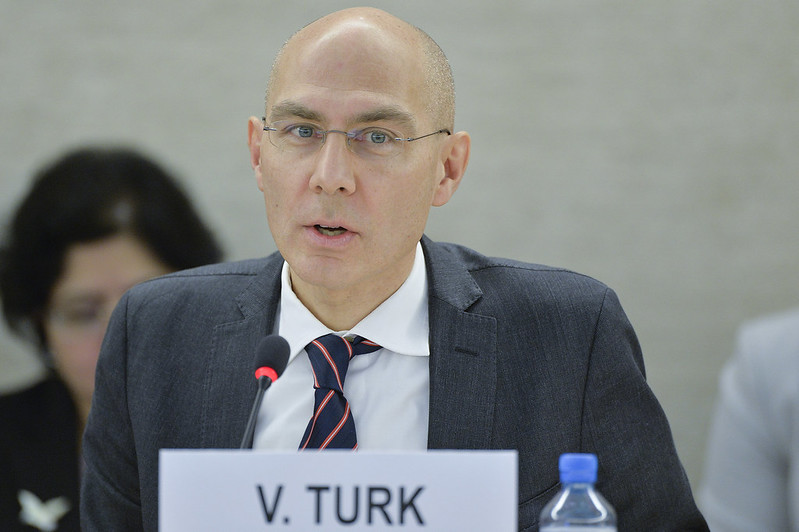By Vijay Prashad
News Americas, NEW YORK, NY, Weds. November 27, 2024: Between November 15 and 16, 2024, the government of Peru hosted the Asia-Pacific Economic Cooperation (APEC) forum. This 21-nation gathering that first started in 1989 brings together the main countries of the Association of Southeast Asian Nations (ASEAN) with the main countries surrounding the Pacific Ocean, including the United States and China.
There was nothing dramatic about the APEC forum itself, whose Machu Picchu Declaration could have been written at any of the previous forums. There is one sentence in the Declaration that was of interest: “Unprecedented and rapid changes continue to shape the world today.” However, governments cannot elaborate on that sentence given their differing views on those changes. Although the meeting itself did not articulate the “rapid changes,” events outside the Lima meeting made the nature of these changes abundantly clear.

Used subway cars
US President Joe Biden came to APEC with a rather strange selection of offers. Standing next to Peruvian President Dina Boluarte, Biden announced that the United States is pleased to donate 150 passenger cars and locomotives to the Lima subway system. This would normally have been a very welcome announcement. However, there was something about that announcement that was off: the cars and locomotives were not new, but used on the Caltrain system. The US government had previously considered selling them to Peru, but then rushed to make this a donation.
New goods arrived in Peru, but these were not for civilian use. The United States gave Peru nine Black Hawk helicopters (about $65 million paid to Sikorsky Aircraft by American taxpayers). These helicopters will be used against drug traffickers, but there is no guarantee that the Peruvian government will not use them against its own citizens. In addition to the grain of these military helicopters, the US military provided security for the APEC summit, despite the fact that the Peruvian military has proven to be quite capable of managing a summit of this scale.
A port for South America
Two hours north of Lima, along Peru’s magnificent coastline, lies Chancay, a coastal town famous for being a staging point in the War of the Pacific (1879-1884) between Chile and Peru. What was once a quiet town is now a major port. In a joint venture, Peruvian company Volcan Compañí Minera SAA owns 40 percent of the port, while COSCO Shipping Ports of China holds the remaining 60 percent. COSCO is a state-owned enterprise that already owns part of a port on the US Pacific coastline in Seattle, Washington.
The Chinese invested $3.6 billion in the Peruvian project, which began in 2021 and is nearing completion. The deepest part of the port will be 17.8 meters, which will allow it to berth very large cargo ships that have a capacity of 18,000 TEU (Twenty-foot Equivalent Units, the standard measurement for the capacity of cargo ships). ; the largest cargo ship is MSC Irina, built in China, with a capacity of 24,346 TEU. During the APEC summit, Presidents Xi Jinping of China and Boluarte of Peru inaugurated the port.
Chancay Port will be complemented by a train line that the Chinese will build that runs from the port in Brazil’s Amazonas state to the Free Economic Zone within the city of Manaus. Trade between South America and China will be direct and will not need to be transferred through Central or North America. Shipping time will be drastically reduced, making trade more profitable at both ends. Initially, the port will be a boon for agricultural products (avocados, blueberries, coffee and cocoa).
Eventually, however, the Peruvian government hopes to build industrial zones inside the port to process these products, including timber, and ensure that the value-added benefits remain in Peru. One example, the Ancon Industrial Park, is already on the books and will be developed next year. A study of the project by Peruvian researchers expects to see benefits for Peru and the rest of South America within a few years.
Investment or uncertainty
The United States tried to shut down Chinese investment in Peru. In 2020, the United States was able to shut down Chinese investment from the port of La Unión in El Salvador. No such pressure was possible on the Peruvian government, despite its military ties to the United States. Last year, retired U.S. General Laura J. Richardson, then head of the Southern Command, expressed her views on Chinese investment at the Center for Strategic and International Studies in Washington: “I would like to say what it is doing PRC – People’s Republic of China – appears to be investment, but really I call it extraction, at the end of the day.
“And I say it’s in the red zone, just to use… an analogy there. They are on the 20-yard line with our homeland,” he added. “Or, we can say that they are in the first and second chain of the island to our homeland. And the proximity in terms of this region and the importance of the region, I think we have to really appreciate what this region brings and the security challenges that these countries face.”
The United States tried to make the investment for security, but for Latin American countries, this was an investment. Asked about the port, Peru’s former finance minister, Alex Contreras, told the Financial Times that “any investment is welcome in a region that has a huge investment deficit. If you have to choose between no investment and Chinese investment, you will always prefer investment.”
At the G20 meeting in Brazil after the APEC summit, Xi Jinping returned to the topic of the Belt and Road Initiative. China, he said, “will always be a member of the Global South, a reliable long-term partner of developing countries.”
From Peru’s perspective, the port it built did not appear to be a security threat. On the contrary, it seemed like development.
EDITOR’S NOTE: This article was produced by Globetrotter. Vijay Prashad is an Indian historian, editor and journalist. He is a fellow writer and chief correspondent at the Globetrotter. He is editor of LeftWord Books and director of Tricontinental: Institute for Social Research. He has written more than 20 books, including The darkest nations AND The poorest nations. His latest books are On Cuba: Reflections on 70 Years of Revolution and War, War Makes Us Human: Lessons from Movements for Socialismand (with Noam Chomsky) Withdrawal: Iraq, Libya, Afghanistan, and the Fragility of American Power.
Source: Globetrotters


